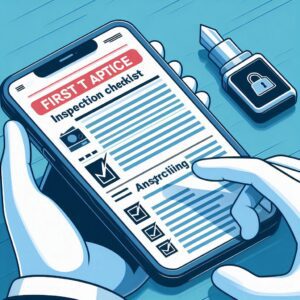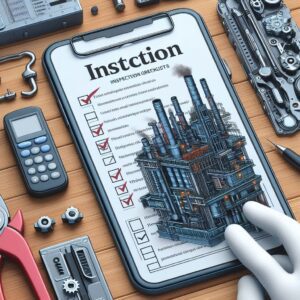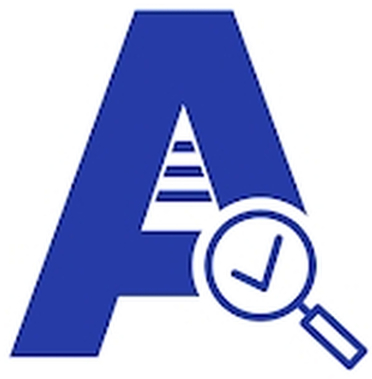First Article Inspection Checklist
Creating a First Article Inspection checklist (FAI) using eAuditor Audits & Inspections involves outlining key inspection points to ensure that the first production run meets all design specifications and quality standards. Below is a step-by-step guide to help you create an effective FAI checklist in eAuditor Audits & Inspections.

Step 1: Identify Key Areas of Inspection
FAI involves verifying that the product meets the required specifications. These areas typically include:
- Part Identification
- Part number
- Name/description of Part
- Serial number
- Revision level
- Documentation Review
- Engineering drawings and specifications
- Material certificates
- Process certifications (e.g., heat treatment, plating)
- Dimensional Inspection
- Critical dimensions
- Non-critical dimensions
- Tolerances
- Geometric dimensioning and tolerancing (GD&T)
- Material Verification
- Type of material used
- Chemical composition
- Mechanical properties
- Visual appearance (if applicable)
- Process Verification
- Process flow compliance
- Equipment used
- Calibration status of equipment
- Special processes (e.g., welding, painting)
- Functional Tests
- Performance tests (e.g., pressure, load)
- Operational tests
- Environmental tests (if applicable)
- Visual Inspection
- Surface finish
- Cosmetic appearance
- Paint/coating adherence
- Packaging and Labeling
- Proper packaging for shipment
- Labeling and part identification
- Handling instructions
- Compliance Checks
- Regulatory compliance (e.g., RoHS, REACH)
- Industry-specific standards

Step 2: Use existing First Article Inspection Checklist or Create a First Article Inspection Checklist Template in eAuditor Audits & Inspections
- Login to eAuditor Audits & Inspections: Start by logging into your eAuditor account.
- Create New Template: Select “Create New Template” from the dashboard or use First Article Inspection Checklist from public templates.
- Add Sections: Begin adding sections based on the key areas of inspection identified above.
- Add Inspection Items: For each section, add specific inspection items. For example, under “Dimensional Inspection,” you might include:
- “Check the length dimension against the drawing.”
- “Verify the diameter of the hole as per the specification.”
- Include Response Types:
- Text Input: For notes or specific dimensions.
- Yes/No or Pass/Fail: For compliance checks.
- Dropdown Menus: For selecting predefined options like material type.
- Photo Capture: To attach images of inspected parts.
- Assign Responsibility: Optionally, assign sections or specific tasks to different inspectors or departments.
Step 3: Review and Test the Template
- Review the Template: Ensure all critical areas are covered and the checklist aligns with your quality standards.
- Test the Checklist: Run a mock inspection to see if the checklist is functional and covers all aspects.
Step 4: Deploy and Use the Checklist
- Distribute to Inspectors: Share the checklist with relevant team members in eAuditor Audits & Inspections.
- Conduct Inspections: Use the First Article Inspection Checklist during the FAI process to ensure all steps are followed.
- Review Results: After completing the inspection, review the results in eAuditor Audits & Inspections. You can generate reports, track issues, and ensure corrective actions are taken.
Step 5: Continuous Improvement

- Feedback Loop: Regularly update the checklist based on feedback from inspectors and any changes in product design or standards.
- Data Analysis: Use eAuditor Audits & Inspections’s analytics to monitor trends and identify areas for improvement.
By following these steps, you can create a comprehensive FAI checklist in eAuditor Audits & Inspections that ensures consistency, quality, and compliance in your manufacturing process.





